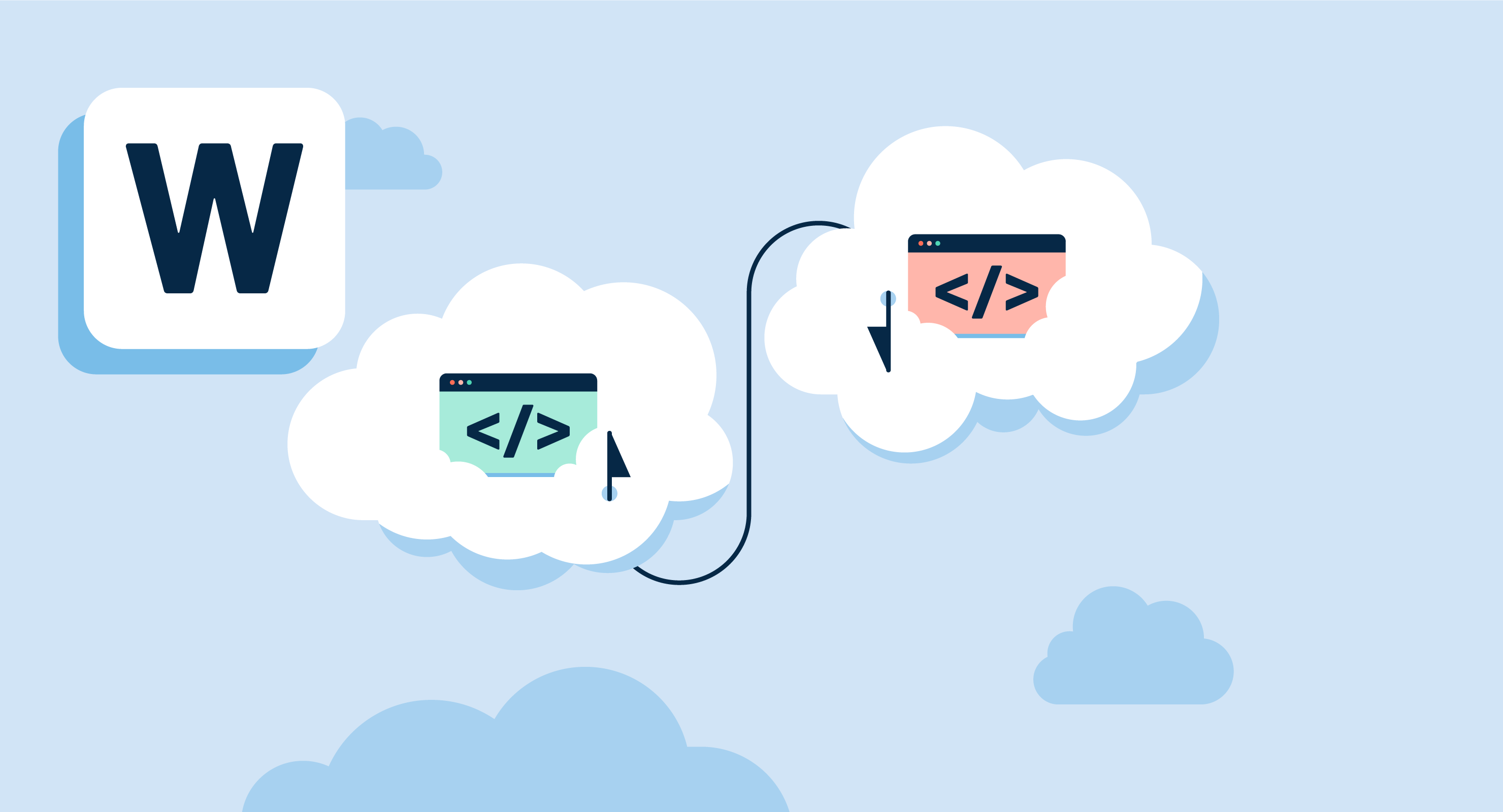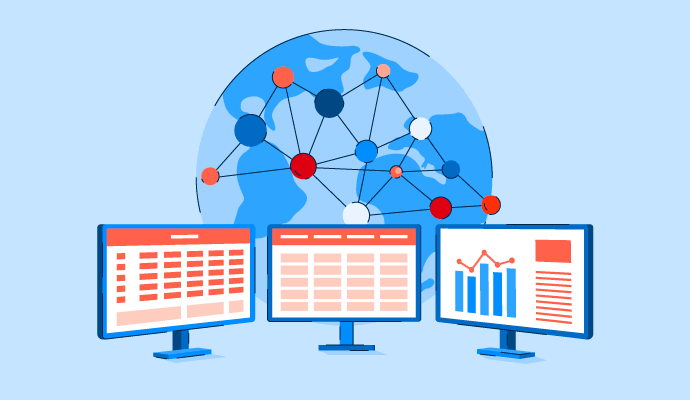Wide-area networks (WAN) and local area networks (LAN) let computers and peripheral devices connect and exchange data securely. A WAN connects end-user devices and servers across multiple geographies; a LAN connects physically close devices. Businesses use network management tools to oversee network configuration.
LAN and WAN have different network characteristics despite their similar abilities to facilitate network interconnectivity and allow users to share and exchange data and resources.
What is the difference between WAN and LAN?
Distance: WANs connect smaller networks across multiple locations worldwide, and LANs use routers and switches to connect nearby devices. WANs use public switched telephone networks (PSTN) or satellite, but LANs use Ethernet technology.
The comparison table below shows how LAN and WAN differ in terms of components, technologies, and data transfer.
| WAN | LAN | |
| Definition | A computer network that connects devices across large geographical areas, such as cities, states, and countries | A computer network that connects network devices in small geographic areas, such as schools, buildings, offices, and home |
| Stands for | Wide area network | Local area network |
| Example | The internet itself, banking networks connecting branch offices, and government networks for information dissemination | Networks in offices, homes, schools, and university campuses |
| Components | Multi-layer switches, routers, and other data communication equipment like frame relay switches | Layer 1 devices like hubs and repeaters and layer 2 devices like switches and bridges |
| Technologies | Multiprotocol label switching (MPLS), asynchronous transfer mode (ATM), frame relay, and X.25 technologies | Ethernet and token ring connectivity technologies |
| Transmission | Satellite links or public switched telephone networks (PSTNs ) for data transmission | Unshielded twisted pair (UTP) or co-axial cables for communication and transmission |
| Connections | Virtual connections over public internet networks | Physical connections via ethernet cables, wireless access points, telephone lines, and radio waves |
| Coverage | Hundreds of kilometer | 10 kilometers |
| Speed | Up to 150 megabits per second (Mbps), may be slower because of covering large distances | Up to 1000 Mbps or more because of less congestion in the local networks |
| Data transfer and latency | Lower data transfer rates and higher latency since data travels a longer distance | Higher data transfer speeds and lower latency than WANs |
| Security | Firewall systems, encryption, intrusion prevention systems, virtual private networks (VPN), and security audits to protect data from external threats | More secure than WANs, requiring network monitoring solutions, antivirus software, and implementation of cybersecurity-related best practices |
| Fault tolerance | Less fault-tolerant than LAN as it’s circuit-based and contains more component systems | Greater fault tolerance than WANs, meaning shorter downtime doesn’t negatively impact network operations |
| Ownership | Private or public, typically, multiple organizations with distributed ownership | Individuals or private organizations |
| Setup cost | Higher as it requires remote network setup; WANs using public networks can be cheap | Relatively low, but requires organizations to invest in hubs, switches, routers, and cables |
| Maintenance cost | Significantly higher than LANs because of the broader geographical coverage | Cheaper because of the smaller geographical coverage |
| When to use |
|
|
Check out the best-in-class software-defined wide area network or SD-WAN solutions for connecting enterprise networks across the globe.
Quer aprender mais sobre Soluções SD-WAN? Explore os produtos de SD-WAN.

Sudipto Paul
Sudipto Paul is a Sr. Content Marketing Specialist at G2. With over five years of experience in SaaS content marketing, he creates helpful content that sparks conversations and drives actions. At G2, he writes in-depth IT infrastructure articles on topics like application server, data center management, hyperconverged infrastructure, and vector database. Sudipto received his MBA from Liverpool John Moores University. Connect with him on LinkedIn.

